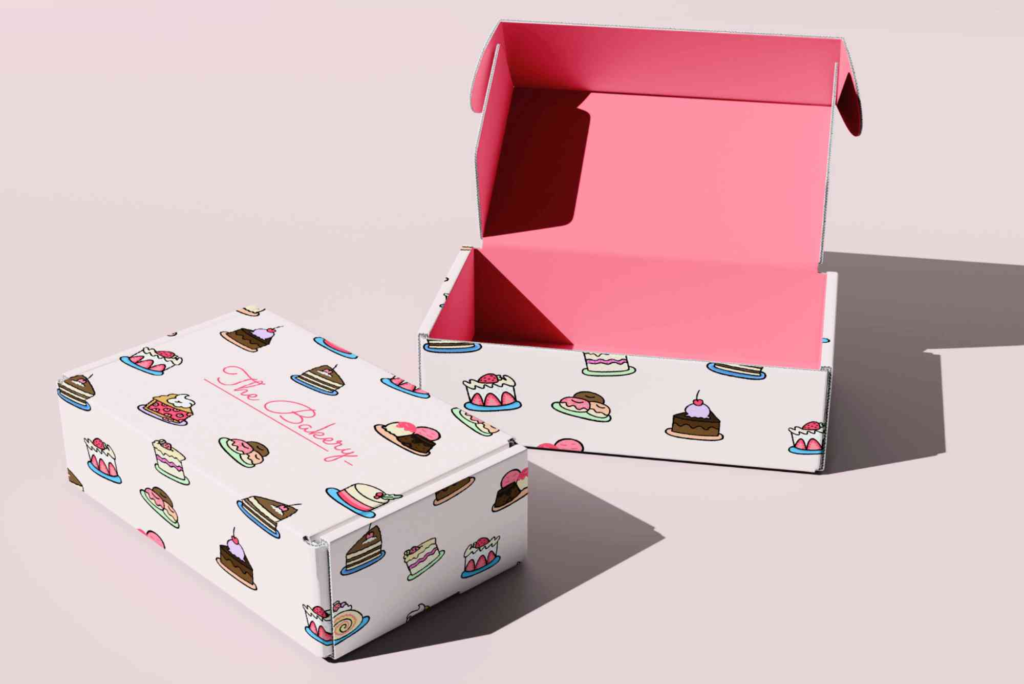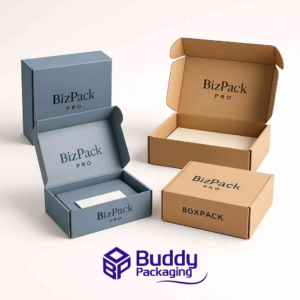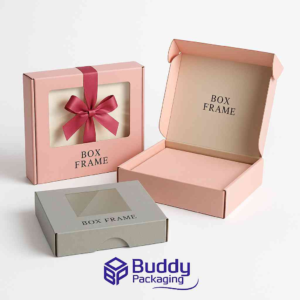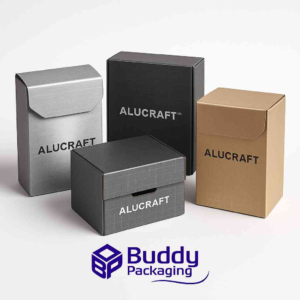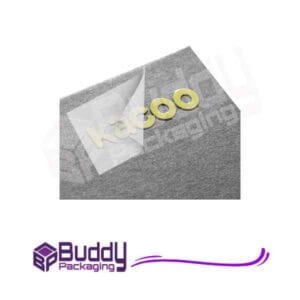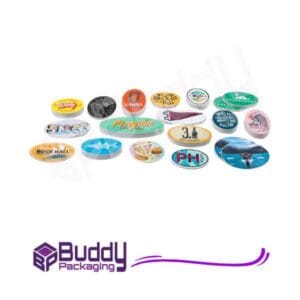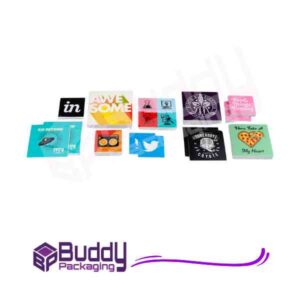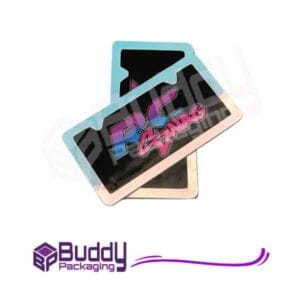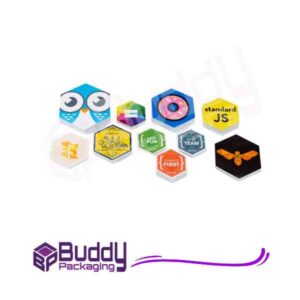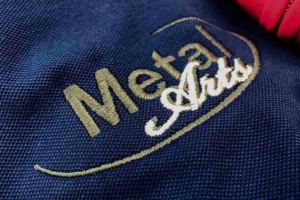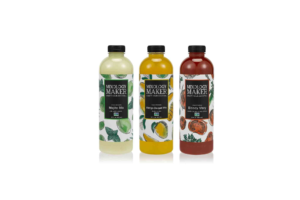Introduction
Packaging has always been more than a protective layer for products. It is the first impression, the silent salesperson, and in many cases, the deciding factor in whether a product is picked off the shelf or overlooked. Among global design hubs, British packaging design has carved out a distinctive reputation for innovation, heritage, and storytelling. From the early days of industrial production to modern sustainability-driven branding, the UK has consistently produced packaging that balances creativity with functionality.
The Heritage of British Packaging Design
British packaging design carries a long tradition that reflects the nation’s industrial and cultural history. In the Victorian era, packaging was largely ornate and decorative, created to attract consumers in bustling markets. Brands like Cadbury and Huntley & Palmers pioneered packaging that combined visual charm with functionality, establishing a culture of design-led branding. British packaging became synonymous with attention to detail and visual storytelling. Many designs from that era still influence modern aesthetics.
Over the decades, packaging in Britain transitioned from purely decorative to more minimalist and functional approaches. Post-war Britain saw an emphasis on affordability and mass production, but design creativity remained a key factor. The ability of British designers to merge practicality with visual appeal helped brands stand out in both domestic and international markets.
The Hallmarks of British Packaging Design
What makes British packaging design stand apart is its ability to combine tradition with innovation. While heritage brands lean on classic fonts, royal symbols, or timeless patterns, newer companies experiment with bold colours, abstract forms, and sustainable materials. A consistent hallmark is the deep connection to storytelling. Packaging is not just a container; it communicates the brand’s values, identity, and promise.
Typography plays a crucial role. British designers often emphasize clear, elegant typefaces that reflect both heritage and modernism. The use of subtle textures, embossing, and foil stamping adds sophistication. Colours palettes vary, but there is often a preference for understated tones that evoke trust, tradition, and quality. Another defining feature is sustainability. With growing awareness of environmental impact, many British brands now lead in using recyclable materials, compostable films, and eco-friendly inks. This shift reflects not only regulatory pressures but also consumer demand for responsible design.
Innovation in British Packaging Design
In today’s marketplace, innovation is key, and British designers are constantly pushing boundaries. Interactive packaging, QR codes linking to digital experiences, and creative unboxing rituals have transformed the way consumers engage with products. Tech integration has become a trend, especially in luxury goods, where packaging is as much part of the brand story as the product itself. For food and beverage, British designers have mastered the art of combining safety with creativity. Think of crisp, clean designs in supermarkets that manage to stand out without overwhelming the eye. In cosmetics and fashion, packaging often mirrors British cultural aesthetics, blending modern minimalism with historic motifs.
Sustainability remains at the forefront. Brands are embracing biodegradable plastics, mushroom-based packaging, and paper innovations. The aim is to achieve circular design, where every element of packaging can be reused, recycled, or returned to nature. This commitment positions British packaging design as both creative and socially responsible.
Cultural Influences on British Packaging Design
British culture, with its mix of tradition and diversity, strongly influences packaging. The monarchy, countryside, literature, and contemporary art all leave their mark on design. For example, tea brands often incorporate imagery of British heritage—rolling hills, afternoon tea rituals, and royal crests—while urban brands adopt edgier, graffiti-inspired graphics that reflect modern city life.
Music and fashion also inspire packaging. The punk aesthetic of the 1970s or the bold minimalism of the 1990s continue to shape packaging for lifestyle products. British humor, often dry and witty, sometimes finds its way into quirky product labels. These cultural elements ensure that British packaging remains globally recognizable while retaining a local touch.
Packaging Design for Branding Success
In competitive markets, packaging is not just a design choice; it is a strategic tool. British brands understand that packaging can create emotional connections, encourage brand loyalty, and elevate perceived value. For small businesses, effective packaging often bridges the gap between local and international recognition.
Take artisanal food producers, for instance. With limited marketing budgets, their packaging often tells the entire brand story. Through colours, illustrations, and carefully chosen materials, they communicate authenticity, quality, and uniqueness. Larger companies use packaging refreshes to modernize their image without losing loyal customers. The balance between consistency and innovation is crucial.
Learning from British Packaging Design
For businesses worldwide, British packaging design provides a wealth of lessons. One of the most valuable is the importance of storytelling. Packaging that speaks to consumers’ emotions is far more effective than packaging that only lists product features. Another lesson is the power of blending tradition with innovation—keeping a brand rooted in its history while adapting to modern trends.
Sustainability is another takeaway. Companies that embrace eco-friendly packaging not only reduce their environmental footprint but also win consumer trust. This shift demonstrates how packaging design can align with broader social values, strengthening brand reputation. If you are a business owner exploring Custom Packaging, the British model offers a strong example of how tailored designs can enhance brand identity while prioritizing eco-conscious solutions.
Where to Find Packaging Design Inspiration
For designers and entrepreneurs seeking fresh ideas, British packaging provides endless examples of creativity. From luxury brands in London to artisanal producers in rural areas, each design tells a unique story. Exploring online resources such as packaging design inspiration can provide valuable insights into current trends and successful case studies.
Visiting design hubs and studios across the UK also offers firsthand exposure to innovative practices. Many agencies in cities like London, Manchester, and Edinburgh specialize in blending British cultural elements with cutting-edge design approaches. For those looking to collaborate directly, locations such as Buddy Packaging Location provide easy access to expert teams who understand both traditional and modern packaging needs.
British packaging design is more than an industry trend; it is a cultural expression that combines history, innovation, and sustainability. Whether through elegant typography, eco-conscious materials, or storytelling graphics, British packaging continues to shape consumer experiences and global branding strategies. For businesses, learning from this approach can lead to greater success in connecting with customers and standing out in competitive markets. If you are seeking unique solutions for your products, exploring Custom Packaging is an excellent first step. Let your packaging tell your story, embody your values, and create a lasting impression.
FAQs
What is British packaging design known for?
British packaging design is known for its balance of tradition and innovation, strong storytelling, sustainability, and cultural influences.
How does British packaging differ from American packaging?
British packaging often emphasizes minimalism, heritage, and eco-conscious materials, while American packaging tends to focus on bold colours, size, and mass-market appeal.
Why is sustainability important in British packaging design?
Sustainability reflects consumer demand and government regulations. British designers prioritize recyclable and biodegradable materials to reduce environmental impact.
How do British brands use packaging for marketing?
Brands use packaging to communicate values, create emotional connections, and establish trust. Well-designed packaging often acts as a brand’s most effective marketing tool.
Where can I find inspiration for British packaging design?
You can explore resources like Packaging of the World, attend UK design exhibitions, or consult professional agencies specializing in packaging design.

